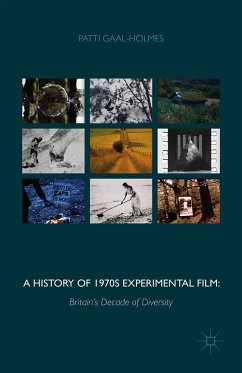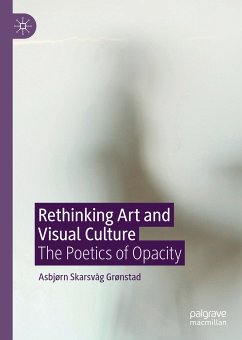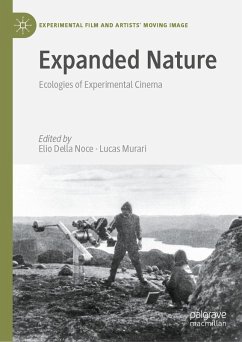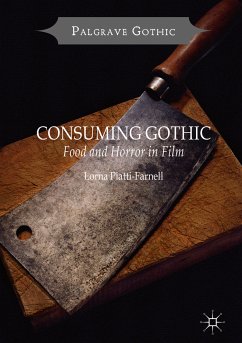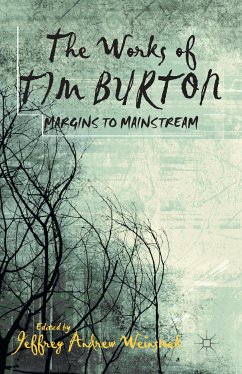
Experimental Film and Photochemical Practices (eBook, PDF)
Versandkostenfrei!
Sofort per Download lieferbar
24,95 €
inkl. MwSt.
Weitere Ausgaben:

PAYBACK Punkte
12 °P sammeln!
opens up new theoretical perspectives on materialist film
discusses the potential for new kinds of tactile knowledge, privileging process as a form of physical and embodied encounter
uses specific examples of analogue and hybrid experimental works to unravel new aesthetic and philosophical perspectives
Dieser Download kann aus rechtlichen Gründen nur mit Rechnungsadresse in A, B, BG, CY, CZ, D, DK, EW, E, FIN, F, GR, HR, H, IRL, I, LT, L, LR, M, NL, PL, P, R, S, SLO, SK ausgeliefert werden.




